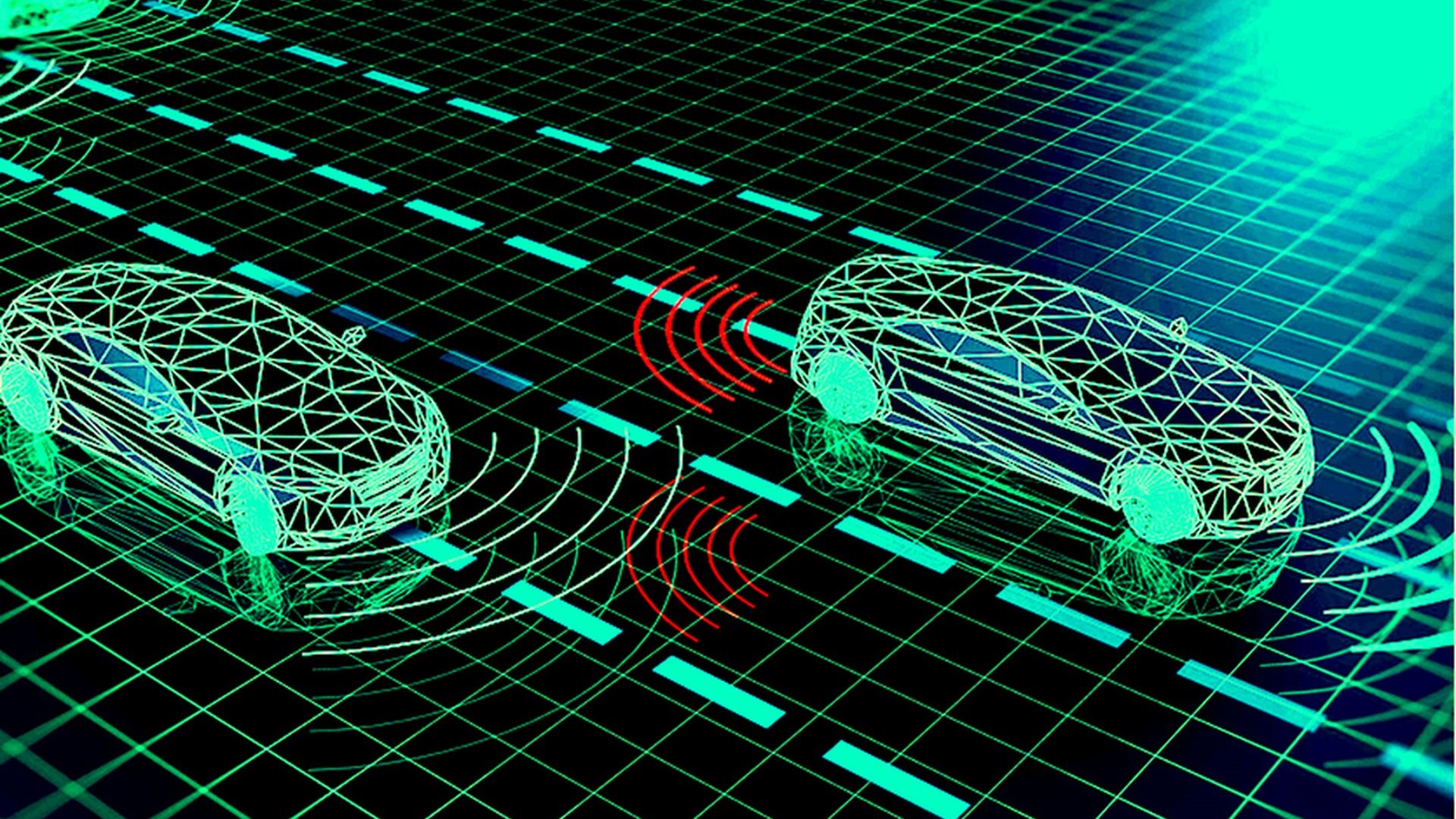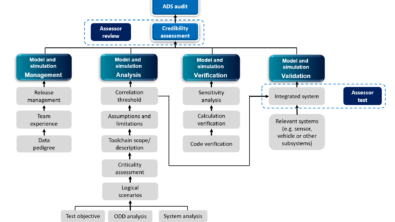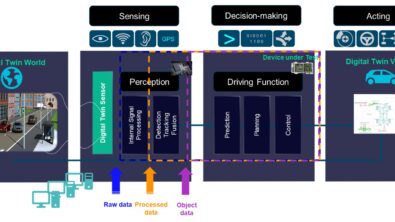Autonomous vehicle safety assurance – Testing and certification

Automotive companies are fully engaged in the development and delivery of safe automated driving systems. Despite the significant technological progress made in this field, autonomous vehicles with level (L) 3 automation or higher are not yet to be found on public roads. The main reasons behind this are the difficulties to prove autonomous vehicle safety compliance. They need to meet regulatory requirements and achieve user acceptance. Automated driving systems operate in a closed-loop environment and have a high level of complexity in terms of hardware and software. Despite the significant progress made in the last few years in the development of ADAS and AV systems major challenges still exist.
Challenges
Technology challenge – Build a safe car. This means it can perceive the road environment better than a human driver. At the same time it needs to make reasonable decisions like a human driver.
Regulatory challenge – Build a functional car accepted by society. This means it makes a proper trade-off between safety and functionality. “I am safe if I do not drive, but then I am not useful”. It fits into the defined regulatory framework (for example, testing and certification).
Business challenge – Build a cost-effective car. This means customers are willing to switch to driverless cars and/or to new business models (for example, redefinition of mobility).
Since automated driving systems are highly complex in terms of hardware and software, these challenges are not independent. There is a strong interaction between them.
An Example
A technical and regulatory challenge can be: how can you prove safety compliance and meet regulatory requirements? A possible or obvious answer would be: High complexity requires massive verification and validation (V&V) cycles. Thus, it is foreseen that the amount of physical testing and virtual testing will increase, which will impact the costs. Therefore, a technical and regulatory challenge is strongly linked with a business challenge.
These challenges however are not AV-specific. They are general challenges, which different industry sectors face. For example, how to build a safe airplane, make air traffic safe or build a safe oil refinery. The good news is other industry sectors can address these challenges properly. They can be a good inspiration for the automotive industry as well. For sure, the automotive industry will progress to a higher level of driving automation in the coming years. Developed technologies also will also impact other industry sectors.
Webinar and white paper on autonomous vehicle safety
Alexandru Forrai, has done a webinar and written a white paper about “What is safety and autonomous vehicle safety assurance”. In his work he addresses state-of-the-art technology, and future trends in testing and certification of automated driving systems. He discusses relevant safety standards such as ISO 26262 and SOTIF and how to develop and validate systems according to them. You will learn how safe automated driving systems are delivered by OEMs.
If autonomous vehicle system development is on your agenda, then do not hesitate to watch this free WEBINAR or read the WHITE PAPER.


